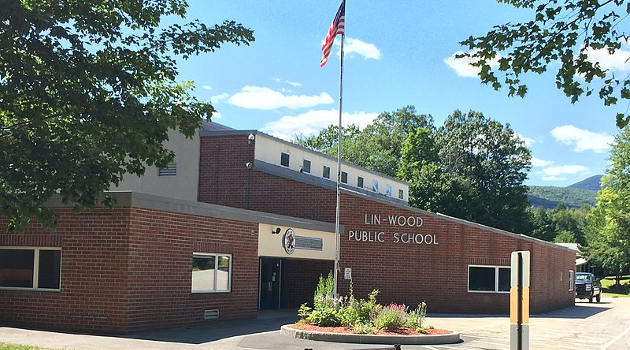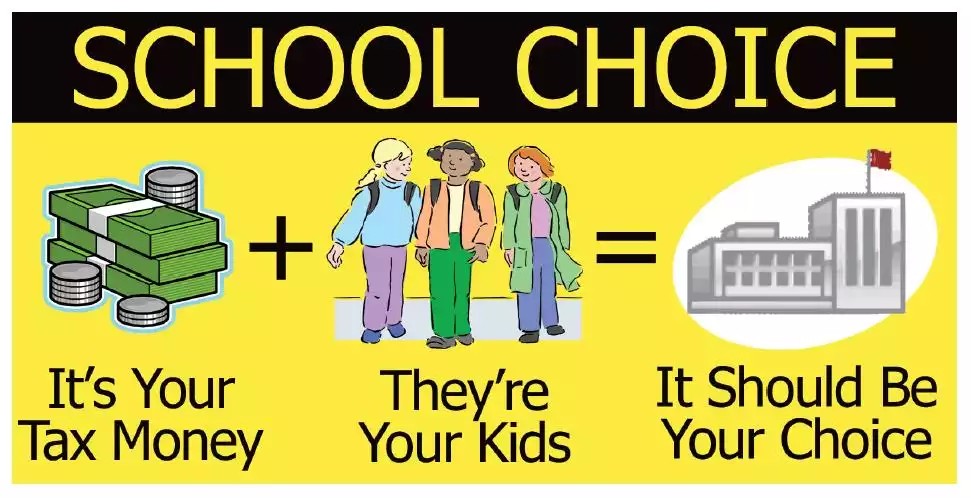It was back in 2010 when I first shared a video about school choice. We’ve enjoyed a lot of progress since then, which is producing a backlash from teacher unions and their lackeys.
In this new video, Corey DeAngelis debunks their arguments.
The “3 big lies” mentioned in Corey’s video are 1) school choice defunds governments schools, 2) school choice is unaccountable, and 3) school choice violates separation of church and state.
When I discuss this issue with my left-leaning friends, they usually trot out the third argument. They say it is wrong, or perhaps even unconstitutional. to give families tax-funded vouchers that can be used at religious schools.
I then ask them whether they want to get rid of grants and loans for college students who attend religious schools such as BYU, Baylor, and Boston College?
Needless to say, I’ve never received an intelligent answer to that question.
To be fair, that’s not their only argument. They also claim that the solution to bad government schools is more money from taxpayers.
Corey didn’t address that myth in his video, but I’ve explained – over and over again – that we’ve tried that approach. At the risk of understatement, it doesn’t work.
School choice, by contrast, produces good results.
Even in some unexpected places. In a column for the Foundation for Economic Education, Laura Williams describes how school choice has successfully operated in Vermont’s “tuition towns” for a long time.
Too small and sparsely populated to support a traditional public school, these towns distribute government education funds to parents, who choose the educational experience that is best suited to their family’s needs. …Ninety-three Vermont towns (36 percent of its 255 municipalities) have no government-run school at all. …In these towns, the funds local governments expect to spend per pupil are instead given directly to the parents of school-age children. This method gives lower- and middle-income parents the same superpower wealthy families have always had: school choice. …A variety of schools has arisen to compete for these tuition dollars. A spectrum from centuries-old academies to innovative, adaptive, and experimental programs… Eligibility for tuition vouchers actually increased home values in towns that closed their public schools. Outsiders were eager to move to these areas… Because parents, not bureaucrats or federal formulas, determine how funds are allocated, schools are under high economic pressure to impress parents—that is, to serve students best… Having watched these models develop nearby, two more Vermont towns voted in 2013 to close their government-run schools and become “tuition towns” instead. …Wealthy parents will always have school choice. They have the power to choose the best opportunity and the best fit for their individual child. Tuition towns—where all parents direct their child’s share of public education spending—give that power to every family.
Amen.
The concluding sentences are very important. School choice is a way of giving families with modest incomes the same opportunities that have always existed for rich families (including the families of hypocritical politicians).
P.S. There’s strong evidence for school choice from nations such as Canada, Sweden, Chile, and the Netherlands.
P.P.S. Since I’m a fiscal economist, I can’t resist mentioning that school choice is not only good for students, but for taxpayers as well.
———
Image credit: Ken Gallager | CC BY-SA 4.0.



